Product Description
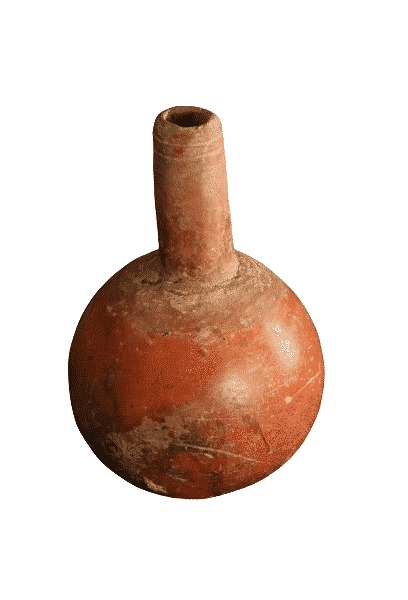

Djenne Terracotta Bell, Mali
Made of 100% Terracotta
Model is W 35 – H 17 – D 18 and weight 5 kg
This ceremonial bell-shaped object sculpted in an elegant and simplistic way, with a steady base, and an open wide ovoid, originates from the Djenne tribe of West Mali, a small city called Djenno. It was intended for a priest during the war between the Ottoman, and the Dogon, around 1968-1969. The priest used it to ward off the spirits and to alert of danger, or it might have been used in the royal court for ceremonial rituals. The exterior is painted with a warm, earthly red, with striations around its body and filled with white pigment to enhance its minimal grace.
The Djenne were famous for its Terracotta or fired-clay pots, and the astonishing richness of invention, and technical ability of their makers. This distinctive approach suggests that a comparable wood-carving tradition may have influenced them. The art of the inner delta of the Niger, the region formed by the triangle of the cities of Mopti, Ke Macina, and Djenne, bears witness to an astonishing richness of invention and a lively concern with detail, but declined and was abandoned by 1400.
Description
This ceremonial bell-shaped object sculpted in an elegant and simplistic way, with a steady base, and an open wide ovoid, originates from the Djenne tribe of West Mali, a small city called Djenno. It was intended for a priest during the war between the Ottoman, and the Dogon, around 1968-1969. The priest used it to ward off the spirits and to alert of danger, or it might have been used in the royal court for ceremonial rituals. The exterior is painted with a warm, earthly red, with striations around its body and filled with white pigment to enhance its minimal grace.
The Djenné-Djenno art, also Jenne-Jeno; /ˈdʒɛniː dʒʌˌnoʊ/ were famous for their Terracotta or fired-clay pots, figurines which depict humans and animal figures including snakes and horses; and this distinctive approach suggests that a comparable wood-carving tradition may have influenced them.
The Djenne culture is focused upon the historic city of Djenne-Djenno, a UNESCO World Heritage Site located in the Niger River Valley in the country of Mali. It is notable for being the oldest city in Sub-Saharan Africa, and the onetime hub of an enormous trading empire that dominated this area of Africa in the Middle Ages.
The art of the inner delta of the Niger, the region formed by the triangle of the cities of Mopti, Ke Macina, and Djenne, bears witness to an astonishing richness of invention and a lively concern with detail, but declined and was abandoned by 1400. Items of cast brass and forged iron, clay vessels, and figures like this one survived. They testify to what scholars contend was a richly varied and highly sophisticated urban society.
The history of Djenné is also closely linked with that of Timbuktu. Between the 18th and 19th centuries, much of the trans-Saharan trade in goods such as salt, gold, and slaves that moved in and out of Timbuktu passed through Djenné. Both towns became centers of Islamic scholarship. However, It was founded by the Bozo (allied with the Bamana) people in about 800 AD and was relocated upstream to take advantage of the Trans-Saharan trade networks.
Leave a reply Cancel reply
Returns and Exchanges
There are a few important things to keep in mind when returning a product you purchased.You can return unwanted items by post within 7 working days of receipt of your goods.
- You have 14 calendar days to return an item from the date you received it.
- Only items that have been purchased directly from Us.
- Please ensure that the item you are returning is repackaged with all elements.
Ship your item back to Us
Firstly Print and return this Returns Form to:
30 South Park Avenue, San Francisco, CA 94108, USA
Please remember to ensure that the item you are returning is repackaged with all elements.
For more information, view our full Returns and Exchanges information.

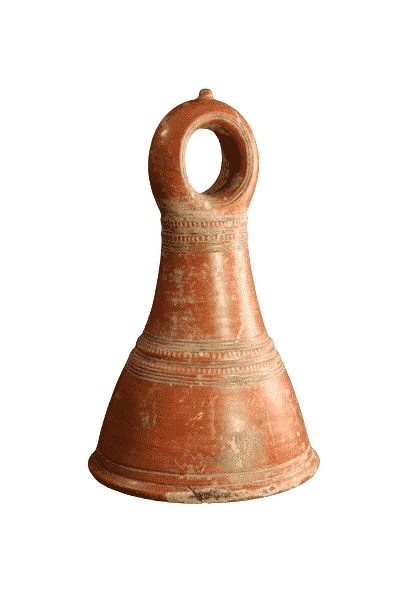
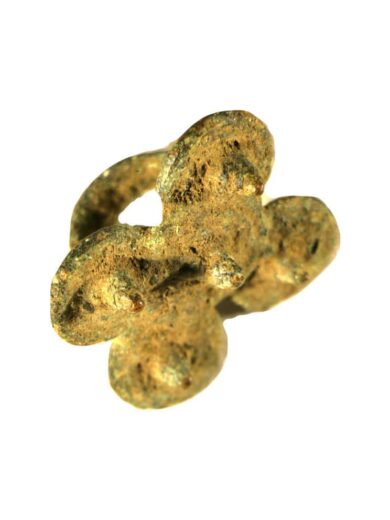
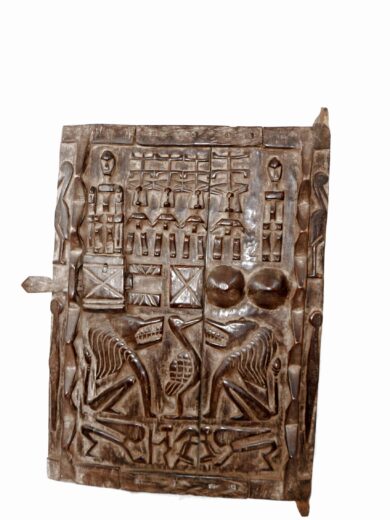

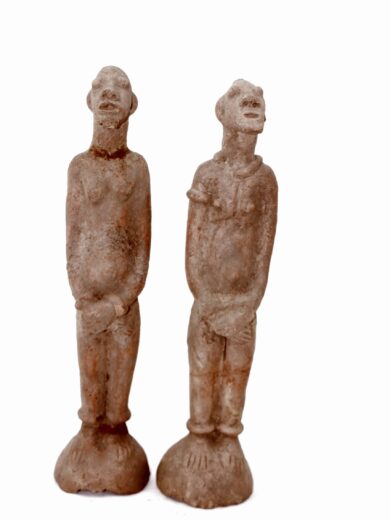
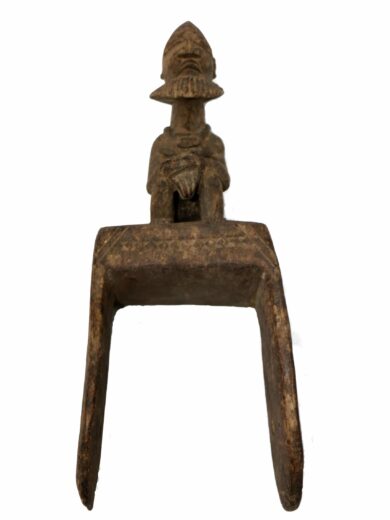
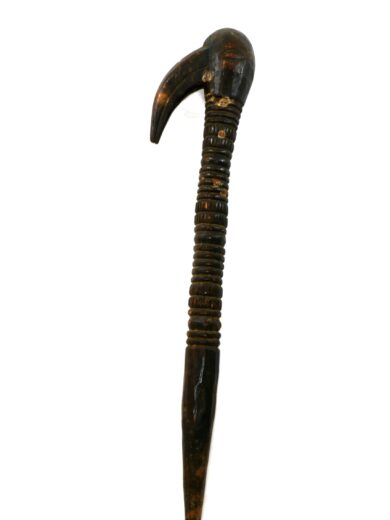

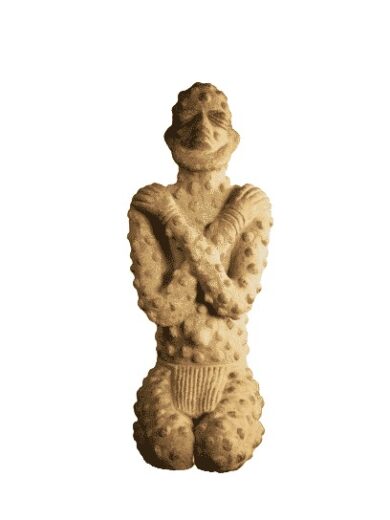
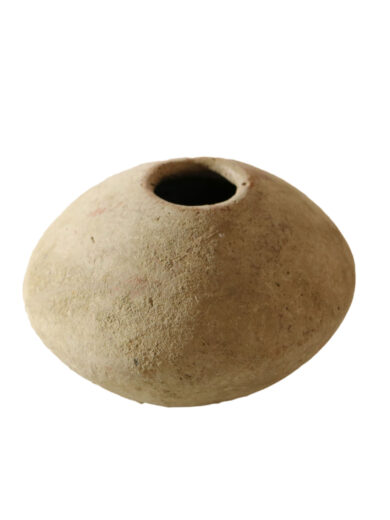
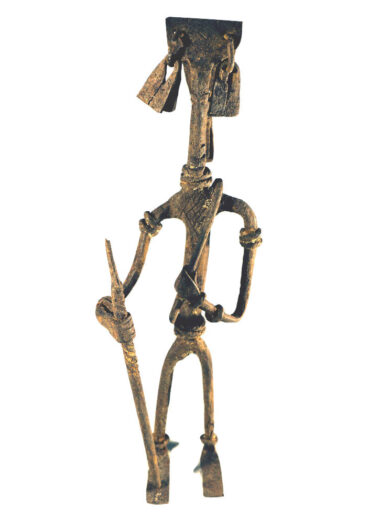
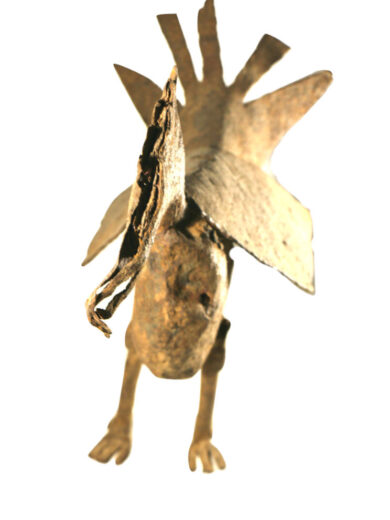
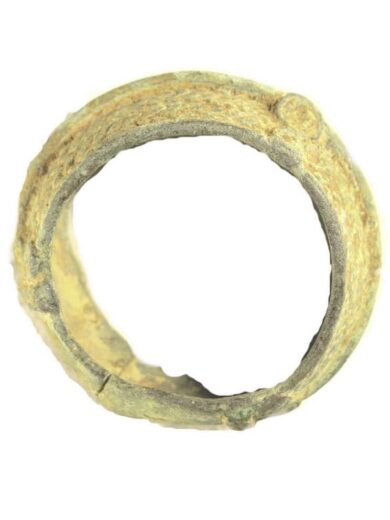
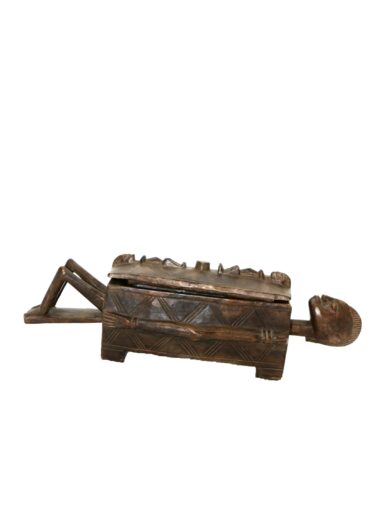
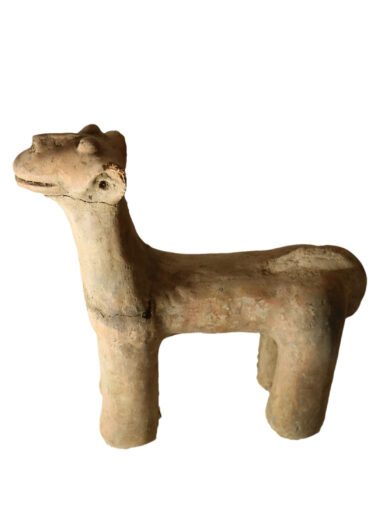
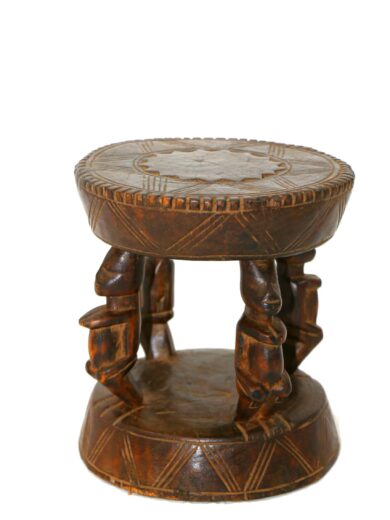
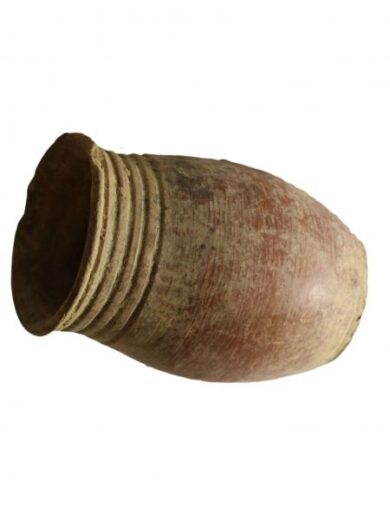
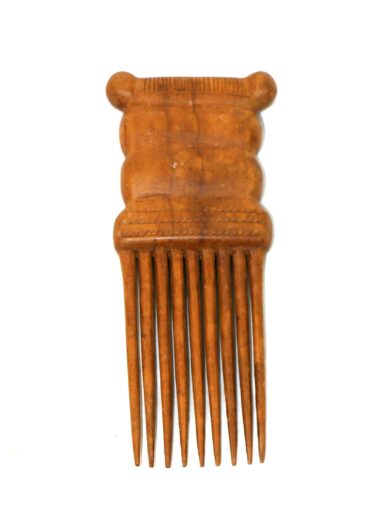
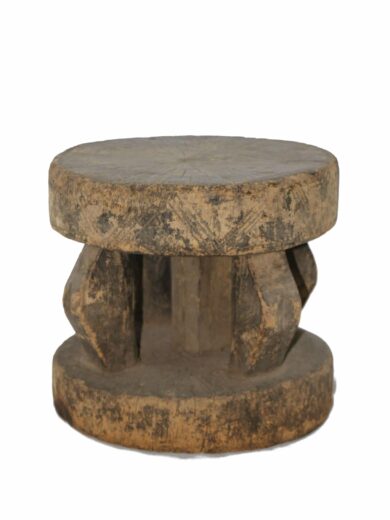
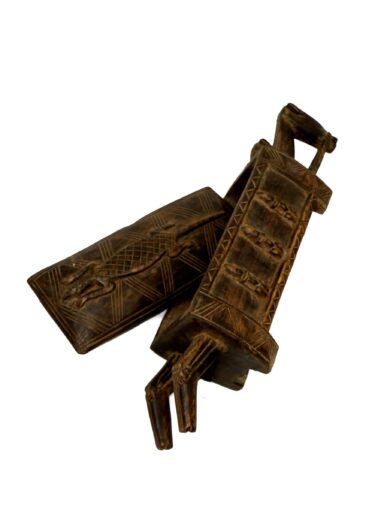

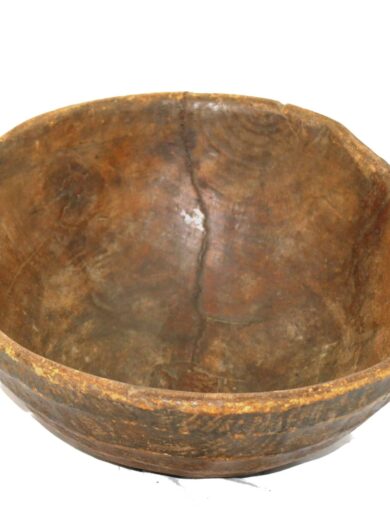
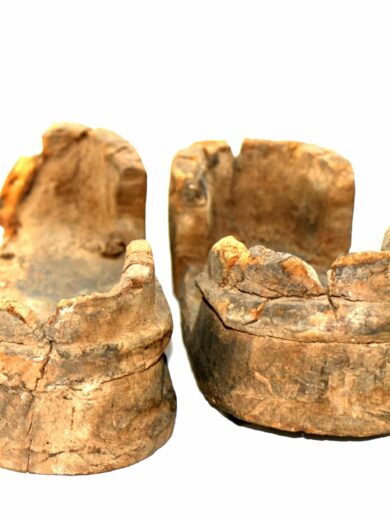


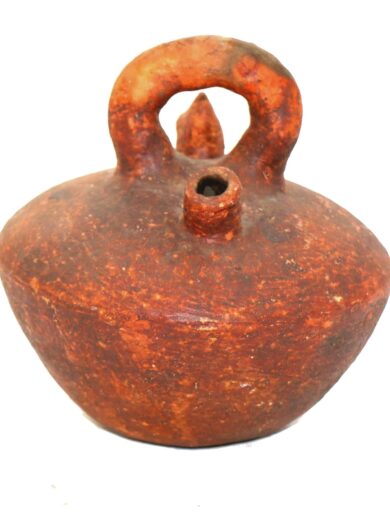



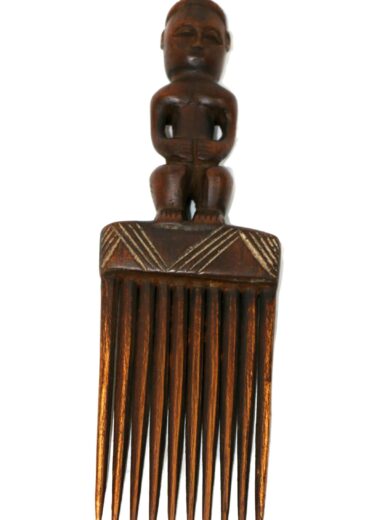
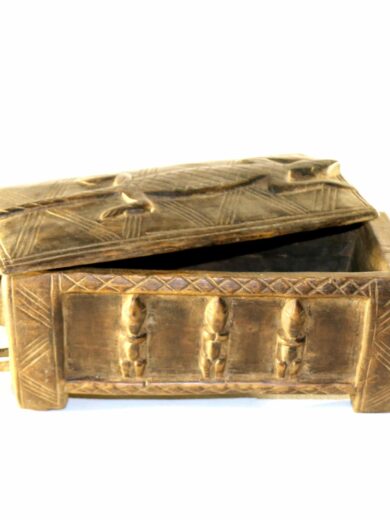
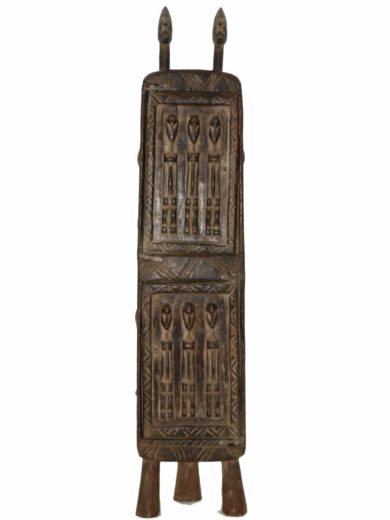
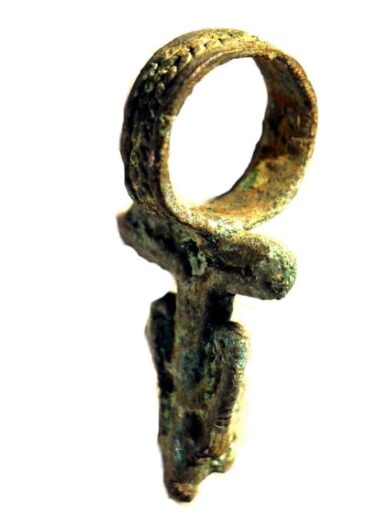




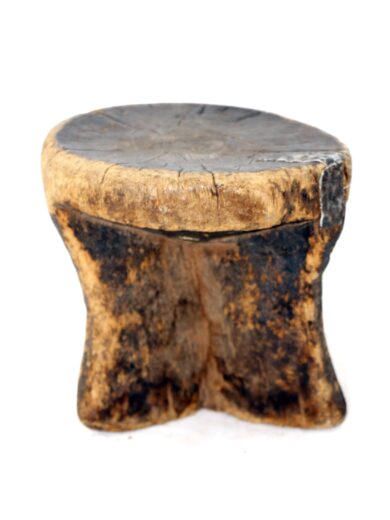
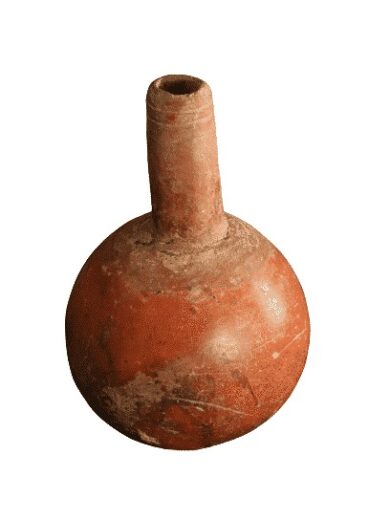
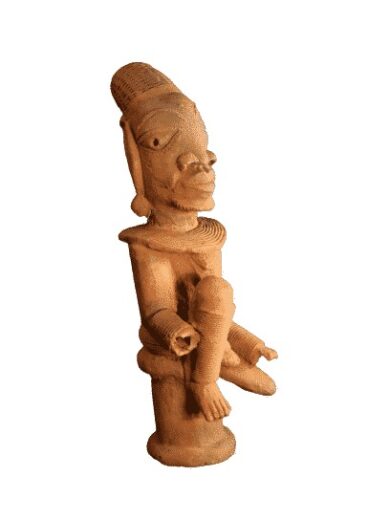
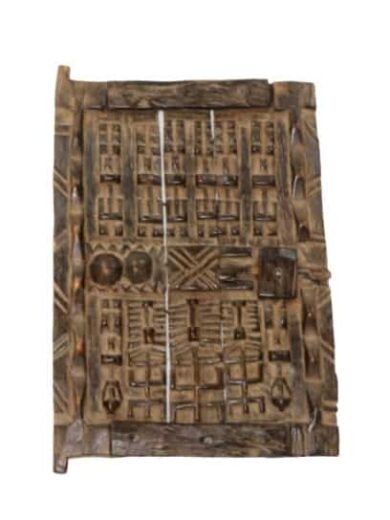
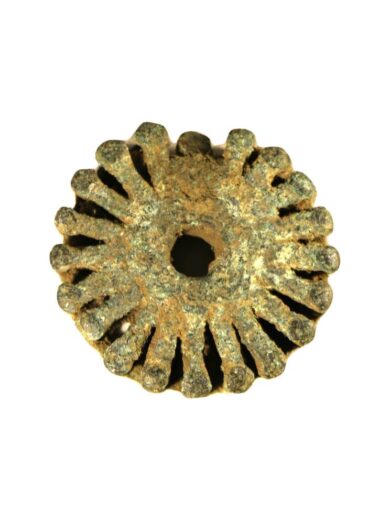
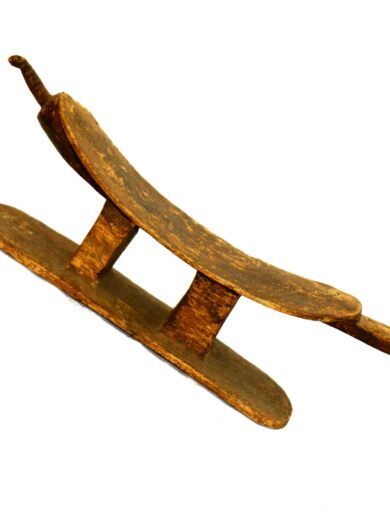
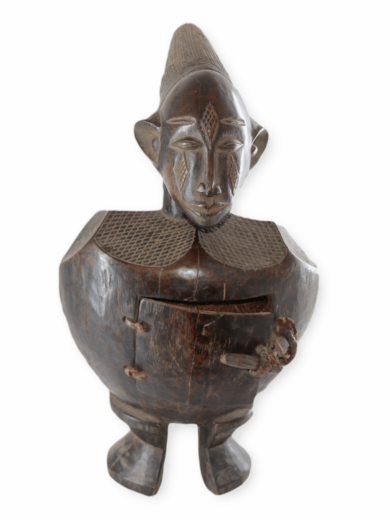

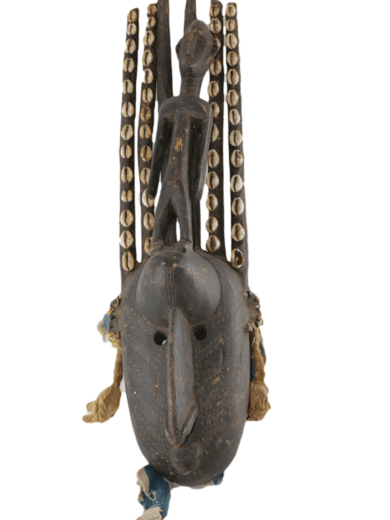
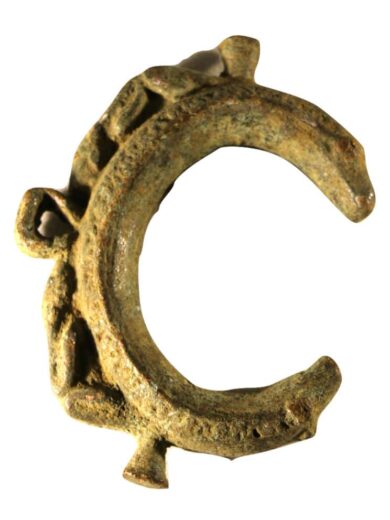


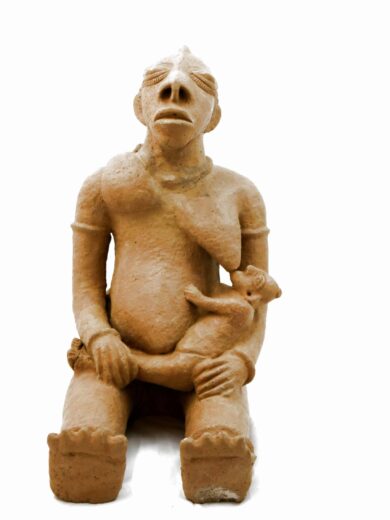


Reviews
There are no reviews yet.